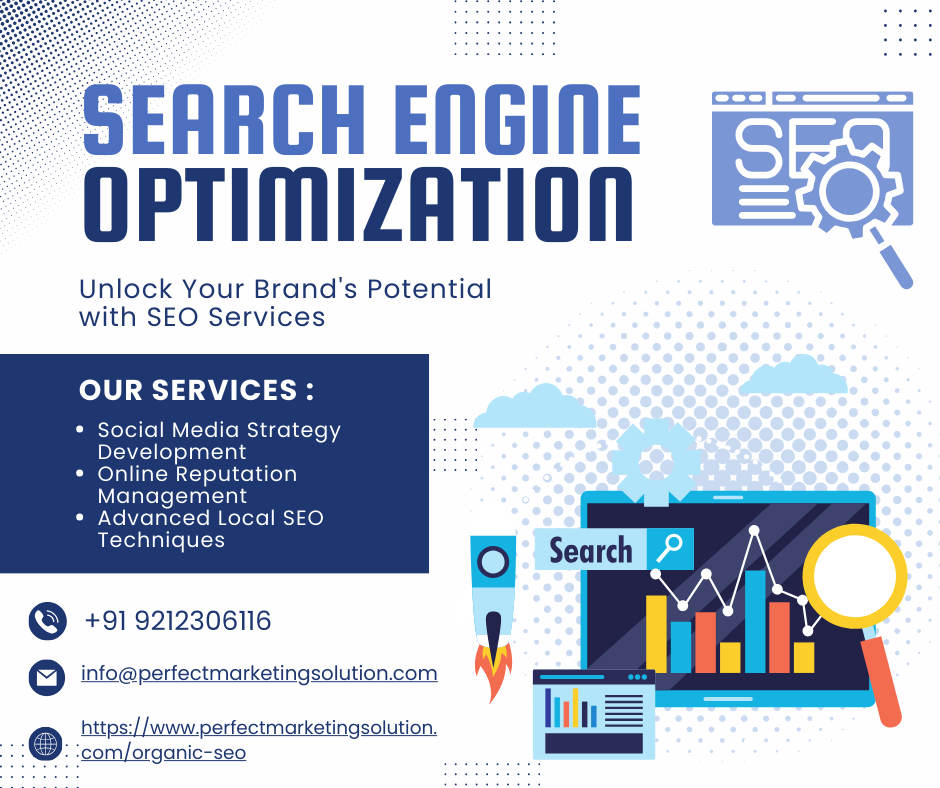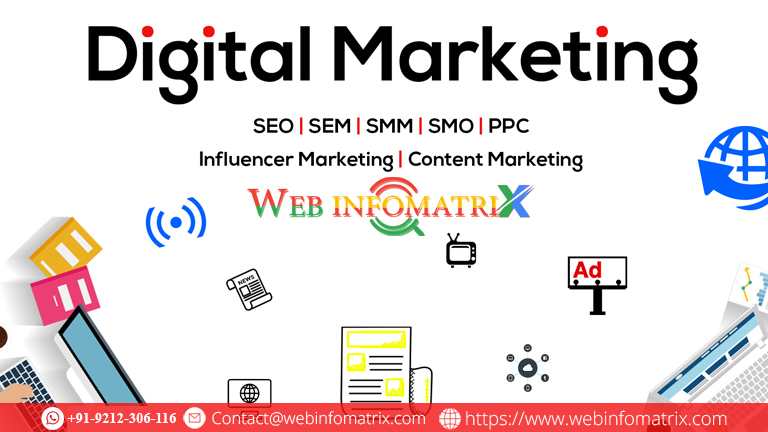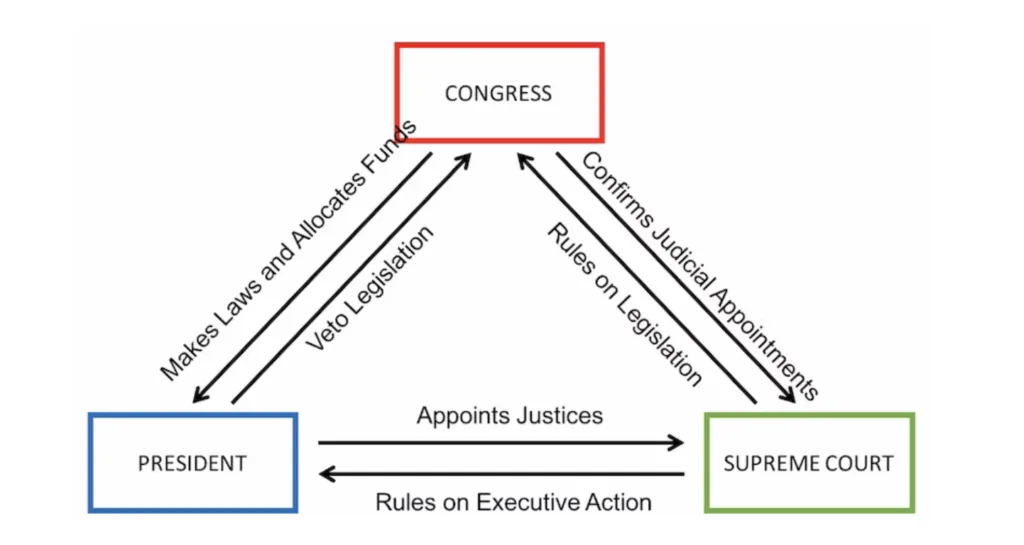The power of scarcity and urgency in copywriting can significantly influence the decision-making process of potential customers. These psychological triggers tap into the fear of missing out, driving people to act swiftly to avoid regret. However, while these tactics can be incredibly effective, there are certain situations where their use may not be appropriate and could even backfire if not employed thoughtfully.
The Psychology Behind Scarcity and Urgency
Scarcity and urgency are rooted in basic human psychology. When people perceive something as limited in availability, they naturally assign it greater value. This concept is known as the scarcity principle, which suggests that humans place a higher value on things that are scarce. The urgency factor comes into play when there is a time limit or a pressing reason to act quickly, pushing individuals to make decisions faster than they normally would.
The fear of missing out, often abbreviated as FOMO, is a significant driver behind why scarcity and urgency work so effectively in copywriting. When people are afraid they might miss out on something valuable or beneficial, they are more likely to take immediate action, whether it's purchasing a product, signing up for a service, or opting into an offer. This psychological trigger can be particularly powerful in the digital age, where consumers are constantly bombarded with choices and distractions.
Situations Where Scarcity and Urgency Are Most Effective
The use of scarcity and urgency in copywriting is most effective in certain scenarios, particularly when there is a legitimate reason to highlight these factors. One key area where these strategies shine is during limited-time promotions. When a sale is only available for a short period, or when a product is available in limited quantities, emphasizing scarcity and urgency can create a sense of exclusivity and drive higher conversion rates.
Another situation where scarcity and urgency can be highly effective is in product launches. When a new product is introduced to the market, creating a buzz around its limited availability or special introductory pricing can generate excitement and prompt early adoption. This approach is particularly useful for brands looking to create a loyal customer base quickly.
Additionally, scarcity and urgency work well in situations where there is a high demand for a product or service. If a brand is offering something that is already popular and known to sell out quickly, emphasizing the limited availability can push potential customers to act faster. This can be seen in the tech industry, where new gadgets or software often have limited stock or special pricing for early adopters.
When to Avoid Using Scarcity and Urgency
While scarcity and urgency can be powerful tools in copywriting, there are situations where their use should be avoided. One such situation is when the scarcity or urgency is manufactured or deceptive. Consumers are increasingly savvy and can quickly recognize when they are being manipulated. If a brand repeatedly uses fake scarcity or urgency, it can lead to a loss of trust and credibility.
Another scenario where scarcity and urgency should be used cautiously is in industries that rely heavily on building long-term relationships with customers. In sectors like healthcare, financial services, or education, where trust and transparency are paramount, overly aggressive scarcity tactics can come across as pushy or insincere. In these cases, it is more important to focus on providing value and building trust rather than pushing for a quick sale.
It's also crucial to avoid using scarcity and urgency in situations where it could create unnecessary stress or pressure for the customer. If a product or service is something that requires careful consideration or is a significant investment, pushing customers to make a hasty decision can lead to buyer's remorse and increased return rates. For example, in the real estate or automotive industries, where purchases are significant and long-term, using scarcity and urgency might not be the best approach.
The Balance Between Scarcity, Urgency, and Authenticity
Finding the right balance between scarcity, urgency, and authenticity is key to effective copywriting. It's important to ensure that any claims of limited availability or time-sensitive offers are truthful and backed by genuine reasons. Authenticity in marketing is becoming increasingly important as consumers are more likely to engage with brands that are transparent and honest.
One way to maintain authenticity while using scarcity and urgency is to be clear and upfront about the reasons behind these tactics. For example, if a product is truly limited in quantity, explain why. Perhaps it's a special edition or a seasonal item. If a promotion is only available for a short time, communicate the rationale, such as an anniversary sale or a partnership with a supplier. By providing context, brands can use scarcity and urgency without appearing manipulative.
It's also important to consider the customer journey when implementing these strategies. Scarcity and urgency should align with the overall experience a brand wants to create for its customers. For instance, a luxury brand might use scarcity to enhance the exclusivity of its products, while a fast-paced e-commerce site might use urgency to encourage quick decision-making.
Effective Use of Scarcity and Urgency
Several brands have successfully used scarcity and urgency in their copywriting to drive sales and build brand loyalty. One notable example is Amazon with its Prime Day events. By creating a sense of urgency with time-limited deals and scarcity with limited stock, Amazon has managed to turn Prime Day into a massive shopping event that rivals Black Friday in terms of sales.
Another example is the fashion brand Supreme, known for its limited-edition drops. Supreme has mastered the art of scarcity by releasing products in small quantities, creating a high demand and a sense of exclusivity. This strategy has allowed the brand to maintain its status as a highly coveted label, with products often selling out within minutes.
In the digital space, software companies often use urgency during product launches or special promotions. For instance, a company might offer a discounted rate for early adopters or a bonus feature for those who sign up within a certain timeframe. These tactics create a sense of urgency that encourages potential customers to take action quickly.
Potential Pitfalls and Ethical Considerations
While scarcity and urgency can be effective, there are potential pitfalls and ethical considerations to keep in mind. Overusing these tactics can lead to consumer fatigue, where customers become desensitized to constant pressure and start ignoring time-sensitive offers. This can diminish the effectiveness of future campaigns and erode brand trust.
Moreover, using fake scarcity or urgency can damage a brand's reputation. If customers discover that a product that was advertised as "limited" is still available weeks later, or that a "24-hour sale" is extended indefinitely, they may feel deceived. This can lead to negative reviews, a loss of customer loyalty, and potential legal issues.
Ethically, it's important to consider the impact of scarcity and urgency on vulnerable populations. For example, using high-pressure tactics on individuals who may be financially stressed or lack decision-making support can be exploitative. Brands should aim to create a sense of urgency that motivates action without causing undue stress or harm.
How to Implement Scarcity and Urgency in a Sustainable Way
To implement scarcity and urgency in a way that is both effective and sustainable, brands should focus on authenticity, transparency, and customer experience. One approach is to use these tactics sparingly and only when they align with the brand's values and goals. This ensures that each campaign feels fresh and genuine, rather than a constant push for sales.
Another strategy is to segment the audience and tailor scarcity and urgency messages to different customer groups. For instance, frequent buyers might respond well to early access deals, while new customers might be more motivated by time-limited discounts. By understanding the needs and behaviors of different segments, brands can create more targeted and effective campaigns.
It's also important to test and measure the impact of scarcity and urgency on customer behavior. By analyzing data from previous campaigns, brands can identify what works best and adjust their strategies accordingly. This data-driven approach allows for continuous improvement and helps ensure that scarcity and urgency are used in a way that benefits both the brand and its customers.
The Art of Balancing Scarcity, Urgency, and Customer Trust
In conclusion, the use of scarcity and urgency in copywriting can be a powerful tool when used correctly. These tactics can drive immediate action, increase conversion rates, and create a sense of exclusivity that enhances brand value. However, it's crucial to use them thoughtfully and ethically, ensuring that any claims of scarcity or urgency are genuine and transparent.
When implemented with care, scarcity and urgency can be effective strategies that enhance the customer experience and build long-term brand loyalty. By balancing these tactics with authenticity and a focus on customer trust, brands can create compelling copy that not only drives sales but also resonates with their audience.
FAQs
What is the difference between scarcity and urgency in copywriting?
Scarcity refers to the limited availability of a product or service, while urgency relates to the time-sensitive nature of an offer. Both are used to encourage quick decision-making but target different psychological triggers.
When should scarcity and urgency be avoided in copywriting?
These tactics should be avoided when they are not genuine, in industries where trust is paramount, or in situations where they could cause unnecessary stress for the customer.
How can I ensure that my use of scarcity and urgency is ethical?
To use these tactics ethically, always be transparent about the reasons behind limited availability or time-sensitive offers. Avoid using false claims and consider the potential impact on vulnerable populations.
Can scarcity and urgency be overused?
Yes, overusing scarcity and urgency can lead to consumer fatigue, where customers become desensitized to these tactics, reducing their effectiveness and potentially harming brand trust.
What are some examples of successful use of scarcity and urgency in marketing?
Brands like Amazon and Supreme have successfully used these tactics. Amazon’s Prime Day creates urgency with time-limited deals, while Supreme uses scarcity by offering limited-edition drops, driving high demand and exclusivity.




















